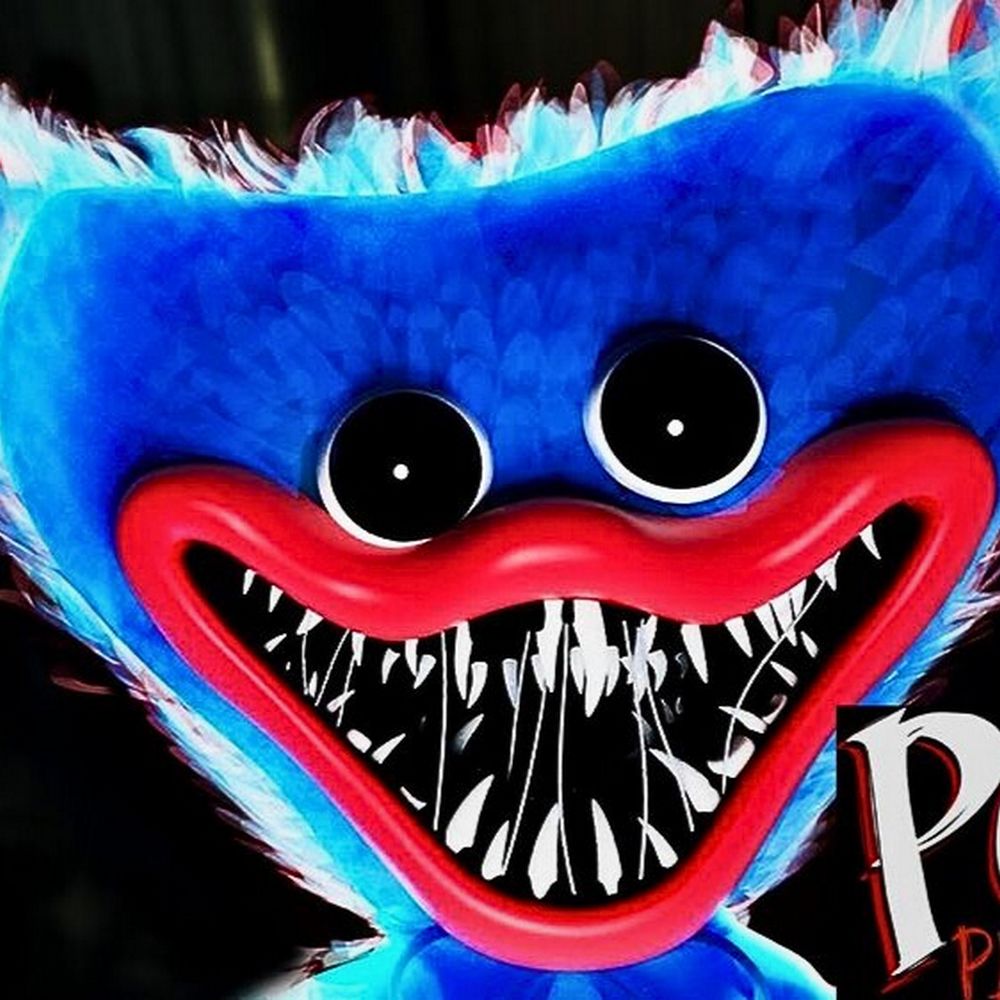The Art of Fear: How Poppy Playtime Masterfully Crafts Its Horror Experience
Poppy Playtime has rapidly distinguished itself as a standout in the indie horror genre, not just for its viral popularity, but for its incredibly effective and often unsettling approach to fear. MOB Games doesn’t simply rely on cheap jump scares; instead, they employ a sophisticated blend of psychological dread, environmental storytelling, creature design, and auditory cues to craft a deeply immersive and terrifying experience. Understanding these elements reveals why the game so successfully gets under players’ skin.
1. The Power of Juxtaposition: Innocence Corrupted:
This is arguably Poppy Playtime’s most potent psychological tool. The game deliberately places the player in a setting that was once vibrant and joyful – a toy factory. Every corner is littered with reminders of childhood innocence: colorful posters, abandoned playthings, whimsical designs. However, these elements are now decaying, covered in grime, and serving as backdrops for grotesque horror.
- Toy Design: The antagonists, like Huggy Wuggy and Mommy Long Legs, are initially presented as friendly, lovable characters in archival footage or static displays. Their monstrous transformations are therefore far more impactful because they corrupt a pre-existing sense of comfort and nostalgia. This creates a profound sense of wrongness.
- Environment: The bright, cheerful palettes of children’s play areas are now dimly lit, dusty, and silent (save for unsettling noises). This contrast heightens the dread, making players feel as though they are exploring a graveyard of childhood dreams.
2. Atmosphere and Environmental Storytelling:
The game excels at creating a pervasive sense of unease through its meticulously crafted atmosphere.
- Desolation and Decay: The factory is depicted as genuinely abandoned and decaying. Crumbling walls, dusty floors, flickering lights, and overgrown machinery contribute to a feeling of desolation and a hint that whatever happened here was catastrophic.
- Subtle Details: The environment is rich with subtle clues and details that hint at the darker lore: faded warnings, bizarre machinery, or bloodstains. These details encourage exploration and feed the player’s natural curiosity, drawing them deeper into the horror.
- Pacing: The game uses moments of quiet exploration punctuated by intense, high-stakes encounters. This allows the tension to build naturally, making the scares more impactful when they finally occur.
3. Sound Design: The Symphony of Suspicion:
Audio is paramount in Poppy Playtime for building tension and triggering fear.
- Eerie Silence: Long stretches of near-silence are broken only by the player’s footsteps, distant mechanical groans, or the dripping of water. This makes every unexpected sound incredibly jarring and unsettling.
- Ambience: Subtle, low-frequency hums, creaks, and whispers create a constant background of dread, making the player feel perpetually watched.
- Monster Cues: Each monster has distinct auditory cues that precede their appearance or chase sequences. Huggy Wuggy’s thumping footsteps, Mommy Long Legs’ stretching sounds, or her deceptively sweet (then menacing) voice serve as powerful warnings, building anticipation and terror. The suddenness of these sounds after long periods of quiet is a classic horror technique effectively employed.
- Jump Scare Triggers: Sharp, sudden stingers or loud roars accompany jump scares, maximizing their impact.
4. Creature Design and Movement:
The design of the “Living Toys” is central to the horror.
- Uncanny Valley: The toys are humanoid enough to be recognizable, but their exaggerated features, unnatural limbs, and unsettling smiles push them into the “uncanny valley,” where they are familiar yet disturbingly alien.
- Height and Scale: Huggy Wuggy’s towering height and Mommy Long Legs’ sprawling limbs make them feel overwhelming and inescapable, emphasizing the player’s vulnerability.
- Movement Patterns: The way the monsters move is key. Huggy Wuggy’s rapid, sometimes erratic movements during chases are terrifying. Mommy Long Legs’ spider-like agility and ability to stretch through tight spaces make her unpredictable and claustrophobic.
- The “Reveal”: Often, the monsters are first seen from a distance or in an unassuming pose before they activate and reveal their true horrifying nature, creating a memorable transition from eerie presence to active threat.
5. The GrabPack: Empowerment and Vulnerability:
The GrabPack, while empowering the player with puzzle-solving capabilities, also subtly enhances the horror.
- Tactile Interaction: The physical interaction with the environment through the GrabPack makes the player feel more present and vulnerable. When a hand is extended, the player is committed, making surprise attacks more impactful.
- Limited Defense: While the GrabPack can be used in some contextual “combat” moments, it’s primarily a utility tool, not a weapon. This keeps the player feeling relatively defenseless against the overwhelming power of the monstrous toys, emphasizing survival over confrontation.
6. Psychological Warfare:
Poppy Playtime doesn’t just rely on sudden scares; it plays with the player’s mind.
- False Alarms: Sometimes, a sound or a flicker might hint at a monster, only for nothing to appear. This trains the player to be constantly on edge, making the actual scares even more effective.
- The Unknown: The game cleverly leaves much of the lore and the creatures’ full capabilities shrouded in mystery, allowing the player’s imagination to fill in the terrifying blanks.
In conclusion, Poppy Playtime is a masterclass in modern horror game design. By expertly blending the unsettling corruption of innocence, a rich and foreboding atmosphere, meticulous sound design, terrifying creature design, and an innovative core mechanic, it delivers an experience that is not only thrilling but genuinely unsettling, ensuring its place as a significant title in the genre.
